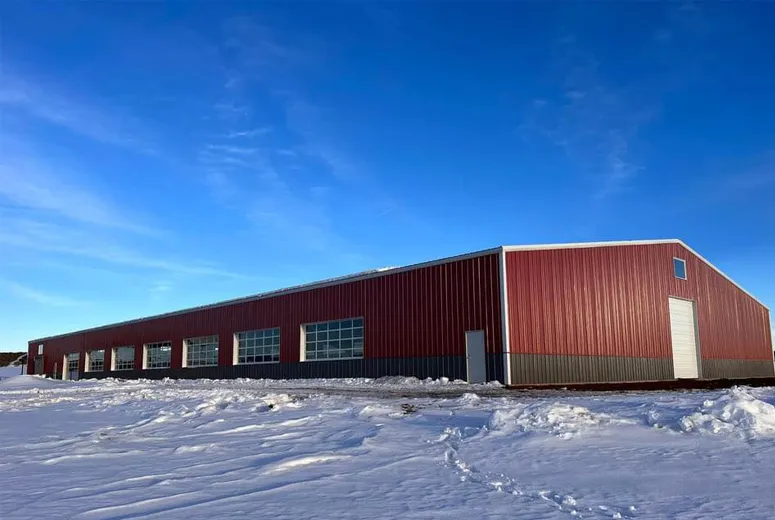- Afrikaans
- Albanian
- Amharic
- Arabic
- Armenian
- Azerbaijani
- Basque
- Belarusian
- Bengali
- Bosnian
- Bulgarian
- Catalan
- Cebuano
- Corsican
- Croatian
- Czech
- Danish
- Dutch
- English
- Esperanto
- Estonian
- Finnish
- French
- Frisian
- Galician
- Georgian
- German
- Greek
- Gujarati
- Haitian Creole
- hausa
- hawaiian
- Hebrew
- Hindi
- Miao
- Hungarian
- Icelandic
- igbo
- Indonesian
- irish
- Italian
- Japanese
- Javanese
- Kannada
- kazakh
- Khmer
- Rwandese
- Korean
- Kurdish
- Kyrgyz
- Lao
- Latin
- Latvian
- Lithuanian
- Luxembourgish
- Macedonian
- Malgashi
- Malay
- Malayalam
- Maltese
- Maori
- Marathi
- Mongolian
- Myanmar
- Nepali
- Norwegian
- Norwegian
- Occitan
- Pashto
- Persian
- Polish
- Portuguese
- Punjabi
- Romanian
- Russian
- Samoan
- Scottish Gaelic
- Serbian
- Sesotho
- Shona
- Sindhi
- Sinhala
- Slovak
- Slovenian
- Somali
- Spanish
- Sundanese
- Swahili
- Swedish
- Tagalog
- Tajik
- Tamil
- Tatar
- Telugu
- Thai
- Turkish
- Turkmen
- Ukrainian
- Urdu
- Uighur
- Uzbek
- Vietnamese
- Welsh
- Bantu
- Yiddish
- Yoruba
- Zulu
Nov . 13, 2024 19:43 Back to list
The Evolution of Industrial Building Materials A Gateway to Sustainable Construction
Industrial buildings are the backbone of the manufacturing and logistics sectors, serving as the foundation for operations that drive economic growth. The materials used in these structures have evolved significantly over the decades, influenced by technological advancements, environmental considerations, and changing regulations. The selection of building materials is crucial not only for the structural integrity and aesthetics of the building but also for its sustainability and energy efficiency.
Traditionally, industrial buildings were constructed using heavy materials such as steel and concrete. These materials offered strength and durability, enabling structures to withstand heavy loads and harsh working conditions. Steel, with its high tensile strength and flexibility, became a preferred choice. Concrete, a composite material made from cement, water, and aggregates, provided excellent compressive strength and fire resistance. Together, they formed the backbone of many industrial facilities, from warehouses to manufacturing plants.
However, the environmental impacts of these materials soon became a pressing concern. The production of steel and cement is energy-intensive and generates significant greenhouse gas emissions. In response, architects and builders began exploring alternative materials that could reduce the carbon footprint of industrial construction. Green building materials, such as bamboo, recycled steel, and precast concrete, have gained popularity. These materials not only minimize environmental impact but also contribute to indoor air quality and occupant health.
Bamboo, for instance, is a rapidly renewable resource known for its strength-to-weight ratio, making it an excellent alternative for specific applications within industrial settings. Similarly, recycled steel, sourced from old structures and industrial waste, reduces the demand for virgin materials and lessens the energy required for production. Precast concrete systems also offer significant advantages, allowing for faster construction times and reduced on-site waste.
industrial building material

In recent years, the trend towards sustainability has led to the increased utilization of innovative insulated panels and advanced glazing technology. Insulated panels provide excellent thermal resistance, allowing for greater energy efficiency in temperature-controlled environments, crucial for many industrial applications. Advanced glazing materials enable natural light penetration while conserving energy, reducing the need for artificial lighting and thus lowering electricity costs.
The incorporation of smart technologies into building materials represents the next frontier in industrial construction. Smart materials can adapt to environmental changes and enhance resource efficiency. For example, self-healing concrete can automatically repair cracks when exposed to moisture, significantly extending the lifespan of industrial surfaces. Moreover, materials integrated with sensors can monitor structural integrity and environmental conditions in real time, enabling timely maintenance and improving safety.
Sustainable practices in industrial building materials are often reinforced by local and international regulations
. Green building certifications, such as LEED (Leadership in Energy and Environmental Design), encourage builders to select eco-friendly materials that enhance energy efficiency and reduce waste.As we move toward a more sustainable future, the materials chosen for industrial buildings will play a pivotal role in addressing climate change. The evolution of industrial building materials, from traditional options to innovative sustainable alternatives, marks a significant shift in the construction industry. As stakeholders—from manufacturers to architects and regulatory bodies—embrace this transformation, the construction of industrial buildings will not only support economic growth but also contribute to a more sustainable and responsible future. In this dynamic landscape, the challenge and opportunity lie in striking a balance between functionality, durability, and environmental stewardship. The future of industrial building materials is one that fosters innovation while respecting the planet.
-
How Do Prefabricated Steel Structures Transform Modern Construction?
NewsJul.14,2025
-
How Do Prefabricated Metal Buildings Redefine Modern Construction?
NewsJul.14,2025
-
How Do Prefab Insulated Metal Buildings and Steel Structures Revolutionize Modern Construction?
NewsJul.14,2025
-
How Do Pre - Engineered Steel Structures Redefine Modern Construction?
NewsJul.14,2025
-
Advancing Modular Construction with Prefabricated Metal Structures
NewsJul.14,2025
-
Advancing Industrial Infrastructure with Prefabricated Steel Solutions
NewsJul.14,2025
Products categories
Our Latest News
We have a professional design team and an excellent production and construction team.












